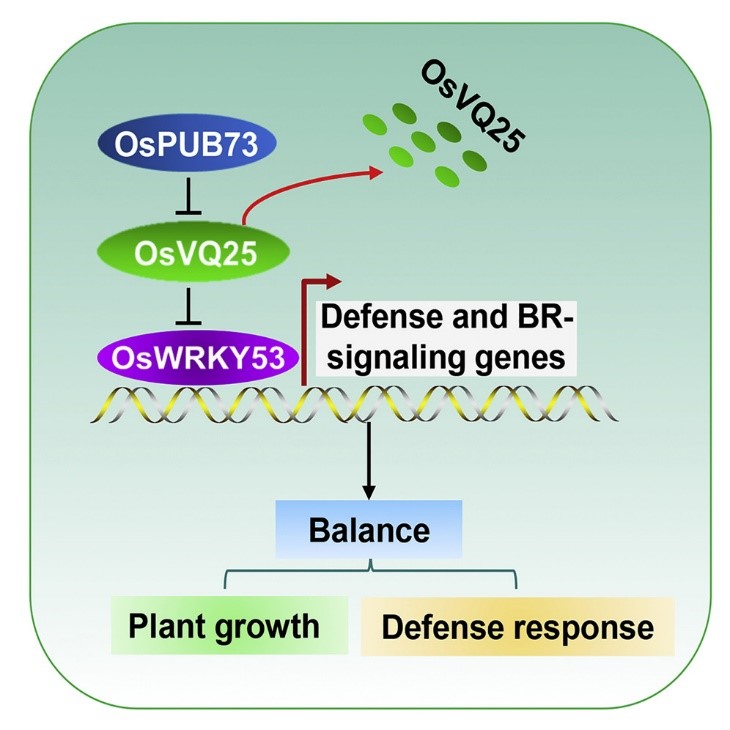
Identification of a cell signaling cascade that regulate s broad-spectrum resistance (Cell Reports)
Plant Science Research WeeklyMany different pathogens attack plants, and many genes have been identified that confer pathogen-specific resistance. In a recent study, Hao et al. identified a signaling cascade that regulates broad-spectrum disease resistance. This pathway is composed of a rice ubiquitin ligase OsPUB73, a VQ motif-containing…
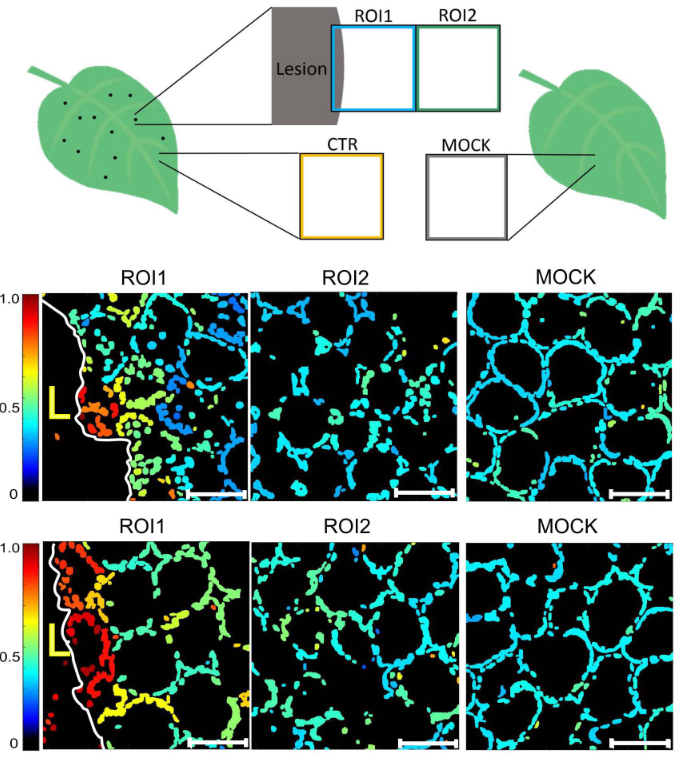
Chloroplast redox state changes mark cell-to-cell signalling in the hypersensitive response (New Phytol)
Plant Science Research WeeklyProgrammed cell death (PCD) plays roles in both developmental and environmental responses across plant species. During pathogen attack, the hypersensitive response can limit spread of infection by orchestrating an organised death of cells around the infection area. A recent study by Lukan et al. demonstrated…
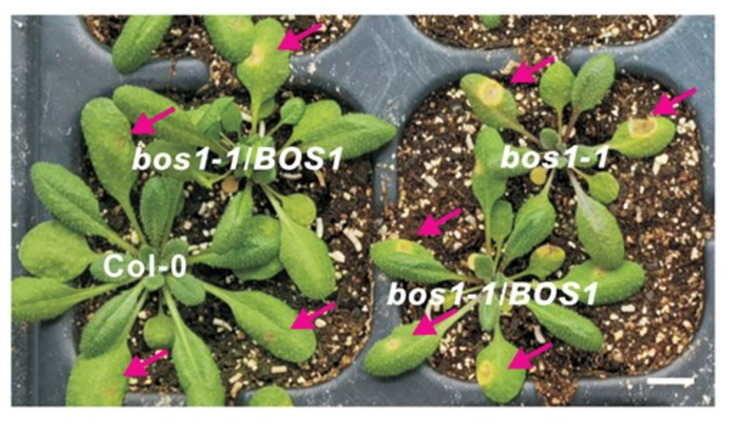
Ectopic expression of BOTRYTIS SUSCEPTIBLE1 reveals its function as a positive regulator of wound-induced cell death and plant susceptibility to Botrytis (Plant Cell)
Plant Science Research WeeklyProgrammed cell death (PCD) is a ubiquitous eukaryotic process in which specific cells are eliminated during development or in response to stress. Here, Fuqiang Cui and colleagues confirm for the first time the exact role of the BOS1 gene in the regulation of PCD in Arabidopsis thaliana. Originally identified…
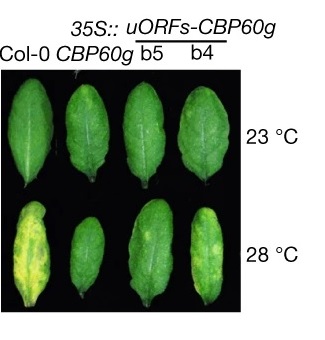
Increasing the resilience of plant immunity to a warming climate (Nature)
Plant Science Research WeeklyPlants demonstrate increased susceptibility to pathogens upon exposure to heat stress, apparently due to suppressed salicylic acid (SA) accumulation and subsequently decreased effector-triggered immunity. How exactly does heat stress cause this suppression, and how can we take advantage of genetics to…
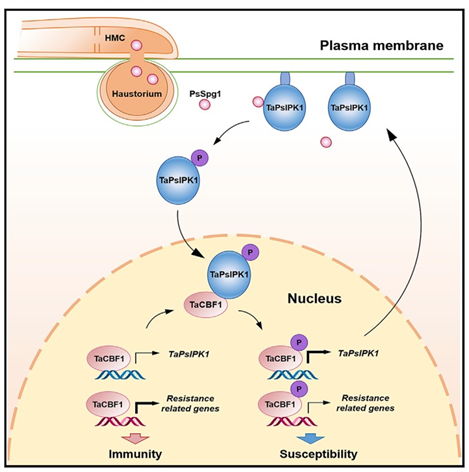
Removing one wheat protein kinase provides resistance to rust fungi (Cell)
Plant Science Research WeeklyTolerance against a pathogen can be achieved by either overexpressing a resistance-related gene, or removing a susceptibility-related gene. Overexpression of defense-related genes generally comes with side effects such as decreased growth and yield. On the other hand, a susceptibility factor might have…
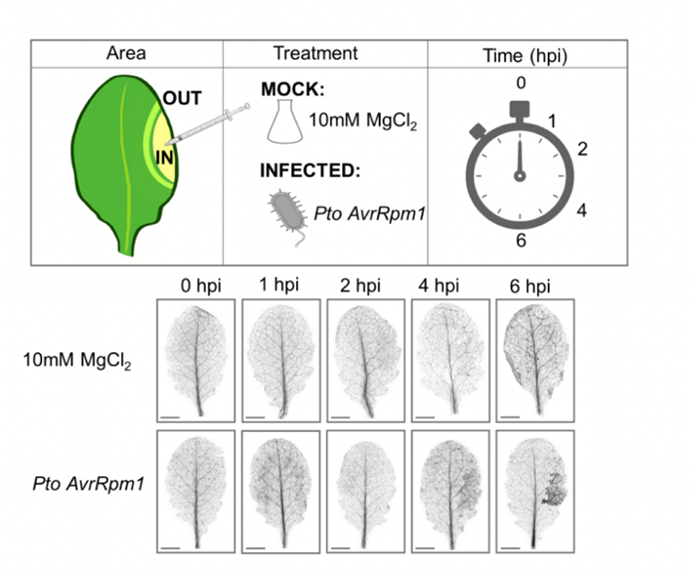
Robust transcriptional indicators of immune cell death revealed by spatio-temporal transcriptome analyses (Mol Plant)
Plant Science Research WeeklyMany plants trigger a form of cell death, known as the hypersensitive response (HR), immediately upon pathogen recognition. To minimize damage to the plant, this cell death must be highly localized to the site of attack, while more distal cells survive and activate other immune responses. However, the…

Spermine inhibits PAMP ROS and Ca2+ burst and reshapes the transcriptional landscape of PAMP-triggered immunity in Arabidopsis (bioRxiv)
Plant Science Research WeeklyPolyamines are endogenous cationic amines that have been shown to regulate a plethora of biological processes in plants, including the hypersensitive response. However, the importance of polyamines in other aspects of plant immunity has not yet been fully explored. In this new preprint, Zhang and colleagues…

Fungal exopolysaccharide regulates plant-microbe interaction (Plant Cell)
Plant Science Research WeeklyThe studies on the apoplastic interactions of plants and fungi often focus on the fungal cell-wall, but recent studies indicate various plant colonizing fungi also have an exopolysaccharide (EPS) layer outside their cell wall. Chandrasekar et al. observed that the composition of this fungal EPS is distinct…

Bacterial avirulence gene encodes for a secreted protease and restricts host range (Mol Plant Path)
Plant Science Research WeeklyPlant pathogenic bacteria of the genus Clavibacter tend to have a narrow host range, but different species affect many important crops. Clavibacter michiganensis (Cm) causes bacterial wilt and canker in tomato, pepper and a few varieties of eggplant. There are no Cm-resistant tomato varieties but many…

